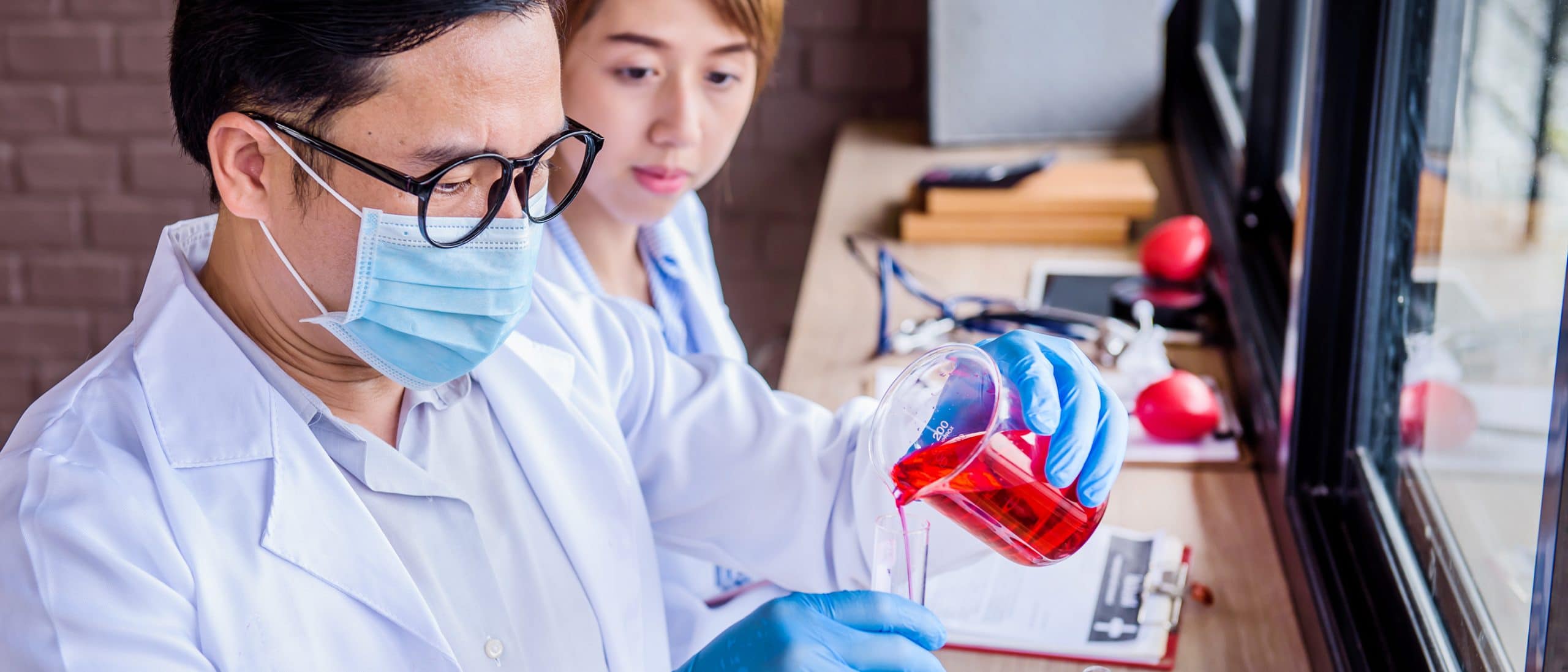What To Expect Post-treatment
Learn what happens and what you should do after lung cancer treatment has ended. Actions taken after treatment can help reduce potential adverse effects and recovery time.

Post Lung Cancer Treatment
The end of treatment for a disease doesn’t mean continued care and monitoring can end. The post-lung cancer treatment time is only the next and hopefully last phase. There are several important steps to take post-lung cancer treatment that you’ll have to do several months or even years after it has ended. For some patients, tumors may never fully go away or come back a second time. In this case, they’ll need to learn how to cope and live with the disease. While some may choose to continue with curative treatments, other patients may not have this option or choose a different way. In this case, doctors may need to focus on palliative care, complementary therapies, or emerging treatments and clinical trials to control cancer and symptoms as long as possible and honor the patient’s wishes.
How Long Should a Cancer Patient Follow up be Continued?
One of the most important steps post-lung cancer treatment is to follow up with your doctor or cancer care team. For the initial follow-up, monitor your health and report back to your doctor between 2 and 6 weeks after treatment has ended. Let them know of any irregularities, even if you just have questions and no complications. Your doctor will then choose a specific timeframe for future visits based on your situation and overall health.

Post Lung Cancer Treatment Doctor Visits
After the monitoring period and first follow-up, you may have no sign of effects or tumors. You must still attend all medical visits your doctor recommends. These can encompass imaging and blood tests to verify there aren’t any underlying issues you haven’t noticed. Generally, your doctor will suggest coming in for a checkup every 3 or 4 months for the next couple of years after cancer treatment. The frequency and length of visits will be mapped out in a patient care plan that your doctor or cancer care team will develop for you.

Post Lung Cancer Treatment Care Plan
When you’re in the post-lung cancer treatment stage, the physician will develop a survivorship care plan surrounding the next few months or years. This plan will include several things like:
- Tentative schedule for primary follow-up tests and screenings
- Information on potential delayed or long-term side effects
- Recommendations for other exams to monitor long-term effects
- Tips for improving overall health and reducing the likelihood of second cancer
- Suggestions for additional support (caregiver, hospice)
Each plan will be different because it’s drafted based on each patient’s specific situation. Some patients who have to live with cancer may need caregiver or end-of-life support.

Keeping Clean Records
Keeping relevant medical records in a hard-to-lose spot is a step that’s easily overlooked. Make sure you have your medical history in one place that’s easy to remember in case you see a new doctor. Treatment can also be costly, making it vital to have up-to-date health insurance records in case any issues come up. A lot of places offer this important paperwork online. Ask your doctor or health insurance provider if this information can be forwarded to the right places when needed.
How to Help Yourself Recuperate Post Treatment
In your survivorship care plan, the doctor will have suggestions next steps that can help you recuperate. This involves making diet and exercise changes while getting enough rest every night. Your doctor will give you specifics that can potentially improve your prognosis. Some common suggestions include:

1) Rest
Making sure you get enough sleep every night is vital for your body to heal and avoid fatigue. This is the time your body takes to recuperate while getting ready for the following day. The standard amount of 8 hours of sleep each night should be enough, but don’t feel bad about sleeping in a little, your body is working harder than normal.

2) Diet
There’s no definite method for preventing recurrence or second cancer but improving diet could help your body feel better and get stronger. Try to incorporate more lean protein into your diet and stay away from red meats. Focus on enriching yourself and incorporating more fruits, vegetables, and whole grains into your everyday plan. You could also reach out to a dietitian for specialized diet recommendations.

3) Exercise
It’s difficult to heal your body if it is run ragged, or if you don’t do enough. The key is balance. The doctor can assess your health and suggest a workout regimen that won’t overstress the body. Routine (and gentle) workouts have proven beneficial in the past and can help with body strength, reducing shortness of breath, and boosting cardiopulmonary fitness. If the muscles around the lungs are trained through exercise, it could help them heal quicker.
Potential Short-term Post Lung Cancer Treatment Effects
Most cancer therapies have side effects that occur during and even after treatment has ended. Make sure you monitor your health and report to your doctor if effects develop and become unmanageable or chronic, as recurring effects can indicate a more severe problem like cancer coming back or the body not recovering properly. Some short-term effects could encompass:
- Anxiety or Depression
- Fatigue
- Hearing loss
- Neuropathy (numb or tingling feeling)
- Pain
- Shortness of breath
- Radiation to the lungs
Reach out to your physician if you experience these side-effects and want help.
Potential Long-term Effects Post Lung Cancer Treatment
Sometimes effects remain or appear months or years after cancer treatment. This could include physical and emotional aspects. Potential long-term complications:
- Chronic bronchitis
- Emphysema
- Heart disease
- Recurring / second cancer
These issues are more common in patients who smoke cigarettes. It’s imperative to try and avoid smoking by finding alternatives after you’ve developed lung cancer or other lung diseases.
Recurring Cancers
When the same cancer as before comes back, it’s called a recurrence. When a new type of cancer tumor starts growing, it’s called second cancer. Types of second cancers patients have developed include:
- Colon
- Larynx or voice box
- Throat or mouth
- Esophagus
- Pancreas
- Bladder
- Thyroid
- Mesothelioma
- Stomach
- Small intestine
- Rectal
- Kidney and renal pelvis
This is one major reason why it’s important to attend follow-ups, so these things may be detected as early as possible since the patient is at higher risk.
Talk to Someone About Post Lung Cancer Treatment
Make sure you stay vocal with your doctor. Tell them if you feel you need additional survivor support, they’ll be able to arrange the care you need. If you want to seek support from other people who are going through the same thing, your doctor can suggest support groups nearby.


